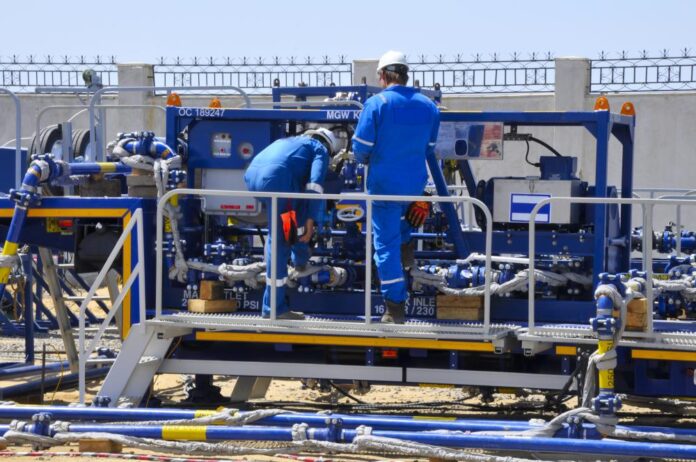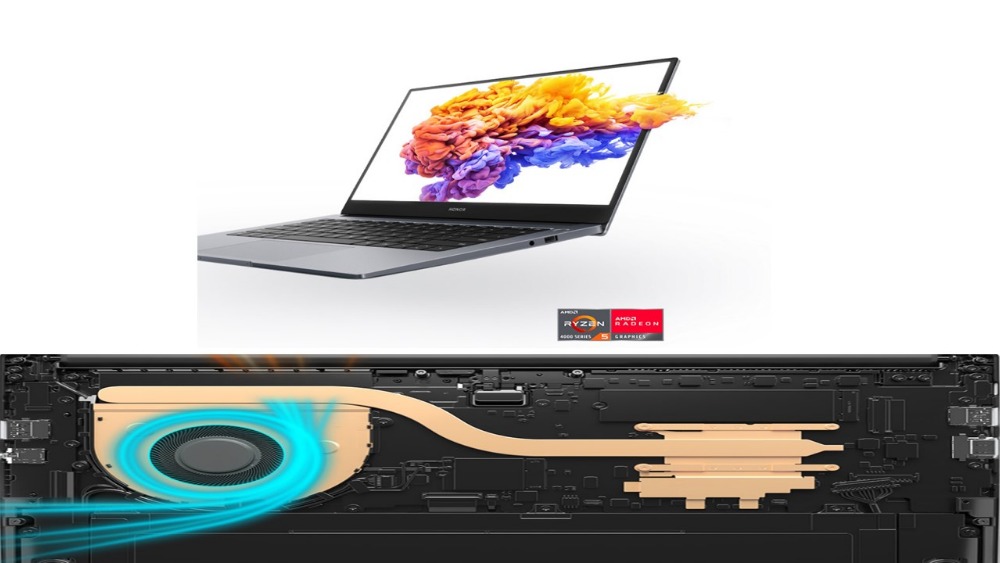Proper maintenance of oilfield equipment plays a crucial role in ensuring optimal performance, productivity, and safety in the oil and gas industry. From drilling rigs and pumps to pipelines and storage tanks, regular maintenance is essential to mitigate potential failures, minimize downtime, and extend the lifespan of equipment. This article delves into the importance of maintaining bop oilfield equipment, highlighting key components of maintenance, establishing preventive maintenance programs, essential procedures, troubleshooting techniques, safety considerations, and future trends in equipment maintenance. By following these guidelines, oilfield operators can enhance operational efficiency, reduce costs, and maximize the reliability of their equipment.
Understanding the Significance of Equipment Maintenance in Oilfield Operations
Maintaining oilfield equipment is like getting regular check-ups for your car – it may not be the most exciting task, but it’s absolutely necessary. In the oilfield industry, where equipment is subjected to harsh conditions, proper maintenance is vital for optimal performance, reliability, and safety. Whether it’s drilling rigs, pumps, or pipelines, a well-maintained equipment fleet can make all the difference in ensuring smooth operations and avoiding costly downtime.
Key Components of Oilfield Equipment Maintenance
Maintaining oilfield equipment involves a combination of checks and procedures to keep things running smoothly. First and foremost, regular inspections are essential to identify potential issues before they escalate. Whether it’s monitoring pressure levels, inspecting connections, or checking for leaks, keeping an eye on your equipment’s condition is crucial.
Lubrication is another critical aspect. Just like how a well-moisturized face keeps wrinkles at bay, regularly lubricating your equipment’s moving parts reduces friction, heat, and wear.
Don’t forget fluid analysis – it’s like giving your equipment a blood test to catch any contaminants or abnormalities that might cause trouble down the line. Lastly, ensuring proper calibration and alignment will optimize equipment performance and prevent unnecessary strain.
Establishing a Preventive Maintenance Program
To stay on top of oilfield equipment maintenance, it’s essential to have a solid plan in place. A comprehensive maintenance program involves mapping out regular tasks and procedures specific to each piece of equipment. This way, you’re not caught off guard by surprise breakdowns or overlooked maintenance needs.
Creating a maintenance schedule and tracking system ensures that nothing slips through the cracks. Assigning responsibilities to qualified individuals and providing them with proper training ensures that the maintenance plan is executed effectively and efficiently.
Remember, a preventive maintenance program is like insurance for your equipment – it may require some effort upfront, but it’s a small price to pay for avoiding major headaches and keeping your oilfield operations humming along smoothly.
Essential Maintenance Procedures for Oilfield Equipment
Maintaining oilfield equipment starts with keeping it clean and free from debris. Regularly remove dirt, mud, and other contaminants that can compromise the performance and longevity of the equipment. A pressure washer or a broom can be your trusty sidekicks in this battle against grime. Remember, a clean machine is a happy machine!
Tightening and inspection of fasteners
Nobody likes loose ends, especially when it comes to equipment maintenance. Ensure that all the nuts, bolts, and fasteners are tight and secure. Use a wrench or a socket set to check their tightness regularly. Loose fasteners can lead to vibrations, wear and tear, and even equipment failure. So, tighten up and keep things running smoothly!
Electrical system maintenance and troubleshooting
Ah, electricity, the spark of life (and power) for oilfield equipment. Regularly inspect the electrical system for any signs of damage or wear. Check for loose connections, frayed wires, or faulty components. If you encounter any issues, it’s time to channel your inner detective and troubleshoot the problem. Remember to disconnect the power source before attempting any repairs. Safety first!
Proper handling and storage of equipment
Oilfield equipment is like a fragile giant – sturdy but delicate. Treat it with care and respect, and it will serve you well. When handling equipment, follow proper lifting techniques and use the appropriate tools. After use, store it in a clean, dry, and secure location to protect it from the elements and prevent damage. Remember, a little TLC goes a long way!
Final Comment
In conclusion, maintaining oilfield equipment is not just a necessary task but also a strategic investment for oil and gas companies. By prioritizing regular maintenance, implementing preventive measures, and staying updated on industry advancements, operators can ensure optimal performance, minimize risks, and prolong the life of their equipment. The benefits of effective maintenance include increased productivity, reduced downtime, improved safety, and significant cost savings. By following the best practices outlined in this article, oilfield operators can achieve optimal performance and longevity for their valuable equipment in this demanding industry.







